Generations after the guns fell silent, the Civil War still shapes how Americans argue about loyalty, race, and power. School lessons, roadside markers, and popular movies often lean on simplified stories that protect pride instead of evidence. The result is a past that feels familiar, but not always honest or complete. Looking closely at what leaders wrote, what soldiers saw, and what enslaved people risked, imagined, and endured reveals a conflict uglier, braver, and more human than any comforting legend.
The War Was About States Rights, Not Slavery
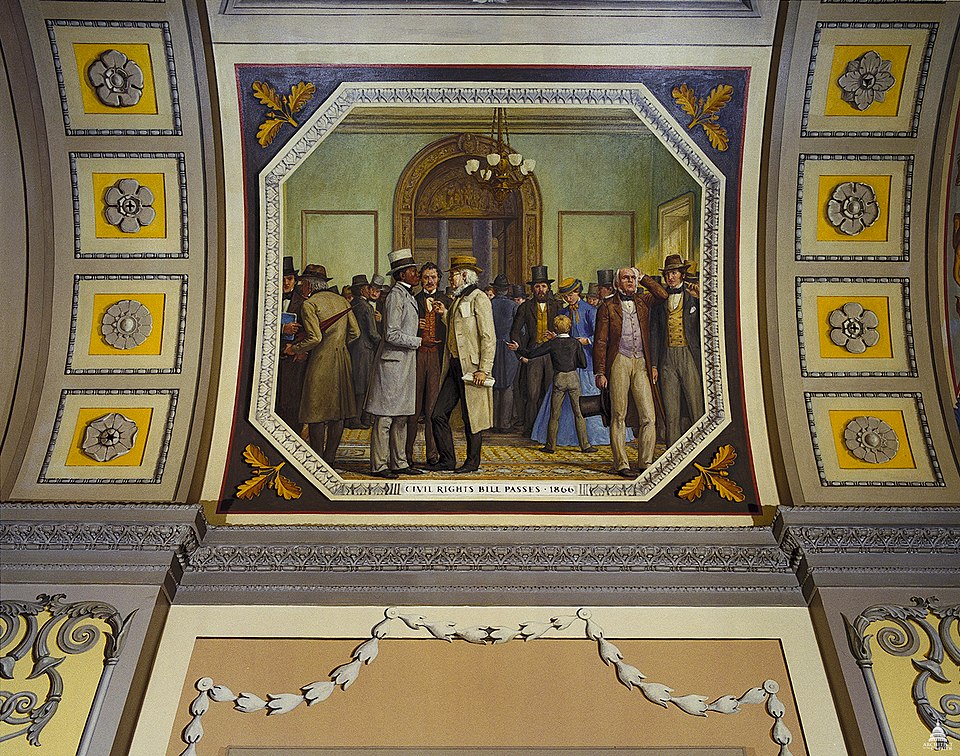
Invoking states rights sounds tidy, but secession leaders spelled out what they meant. Their own declarations point again and again to protecting slavery, expanding it west, and blocking any threat to white control. The constitutional language was a wrapper for an economic system built on stolen labor and racial terror. Facing that does not cheapen Southern soldiers; it exposes the cause their leaders chose above the Union and Black lives.
Most Southerners Did Not Own Slaves, So Slavery Was Secondary
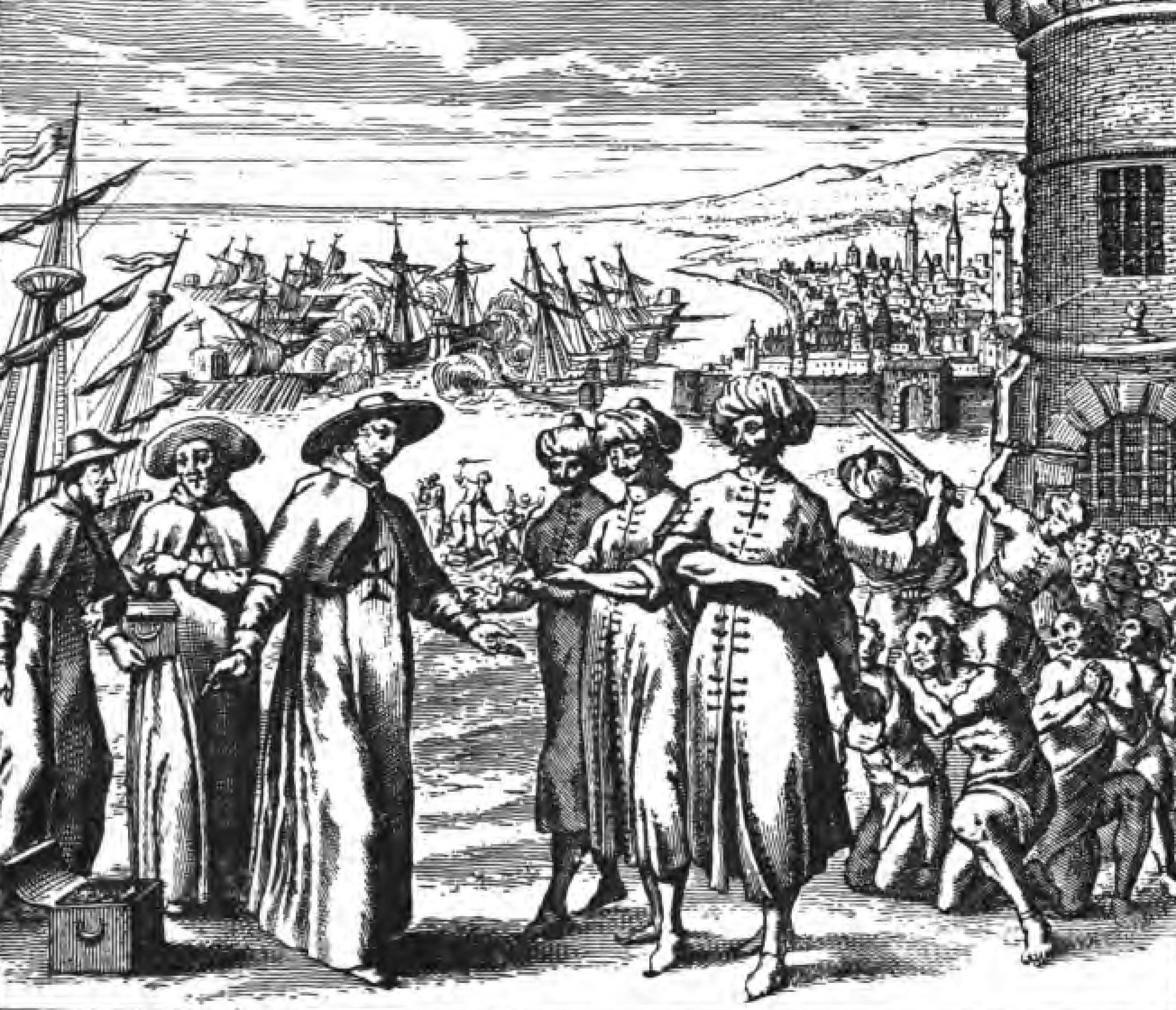
Pointing out that most white Southerners owned no slaves is often used to loosen slavery from the war. In reality, politics, churches, militias, and local pride revolved around defending a slaveholding elite. Nonslaveholders expected status, protection, and future opportunity from a system that kept Black people at the bottom. Their votes, service, and silence upheld an order that turned human beings into collateral.
Enslaved People Were Loyal To Masters Or Fought For The Confederacy
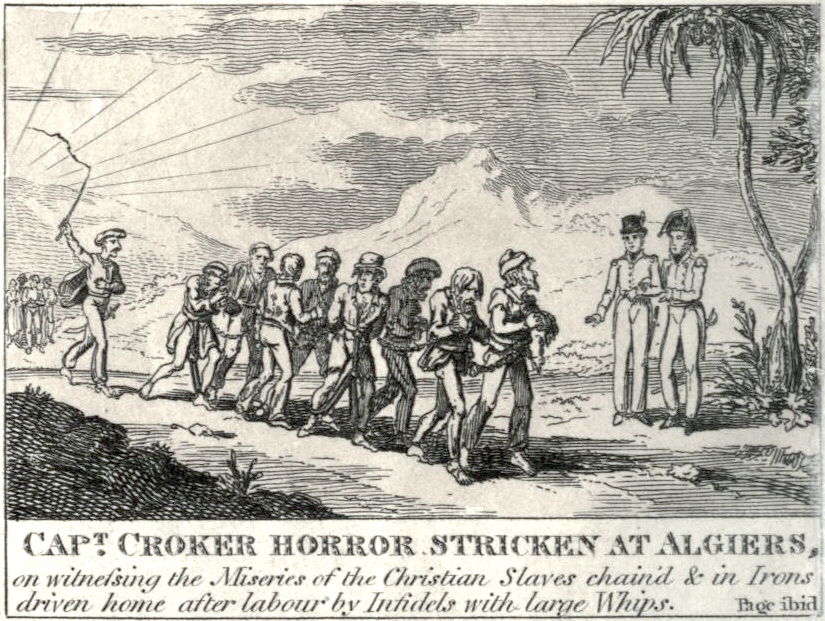
Stories about enslaved people loyally serving masters or voluntarily fighting for the Confederacy are comforts, not evidence. Records show escapes at every chance, secret sabotage, desertion from forced labor camps, and an urgent push toward Union lines. Confederate policy barred organized Black combat units until the final collapse. The fantasy of cheerful service survives because it softens cruelty and props up a false picture of gentle plantations.
The Union Fought Purely To End Slavery From Day One
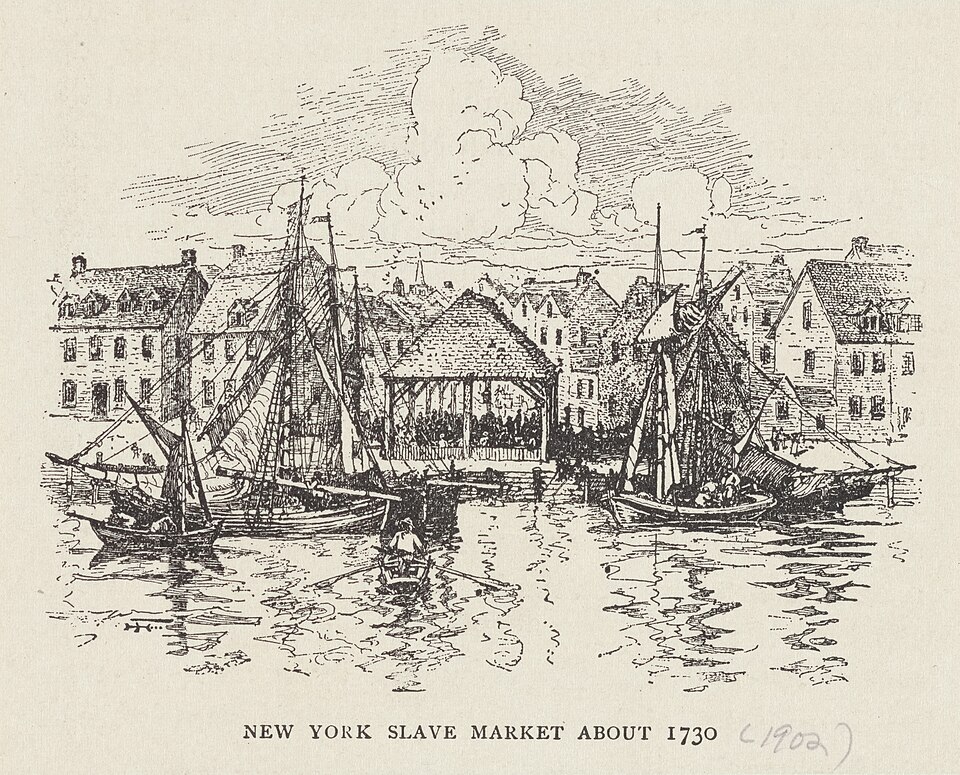
It is tempting to imagine the Union marching from day one as a pure crusade against slavery. Early leaders framed the struggle as saving the Union, tried to appease border states, and bent to racist fears in their own ranks. Emancipation advanced through pressure from abolitionists, the escape of enslaved families, and the sacrifice of Black soldiers in blue. Freedom landed because they made neutrality impossible.
Lincoln Was A Perfect, Unwavering Abolitionist
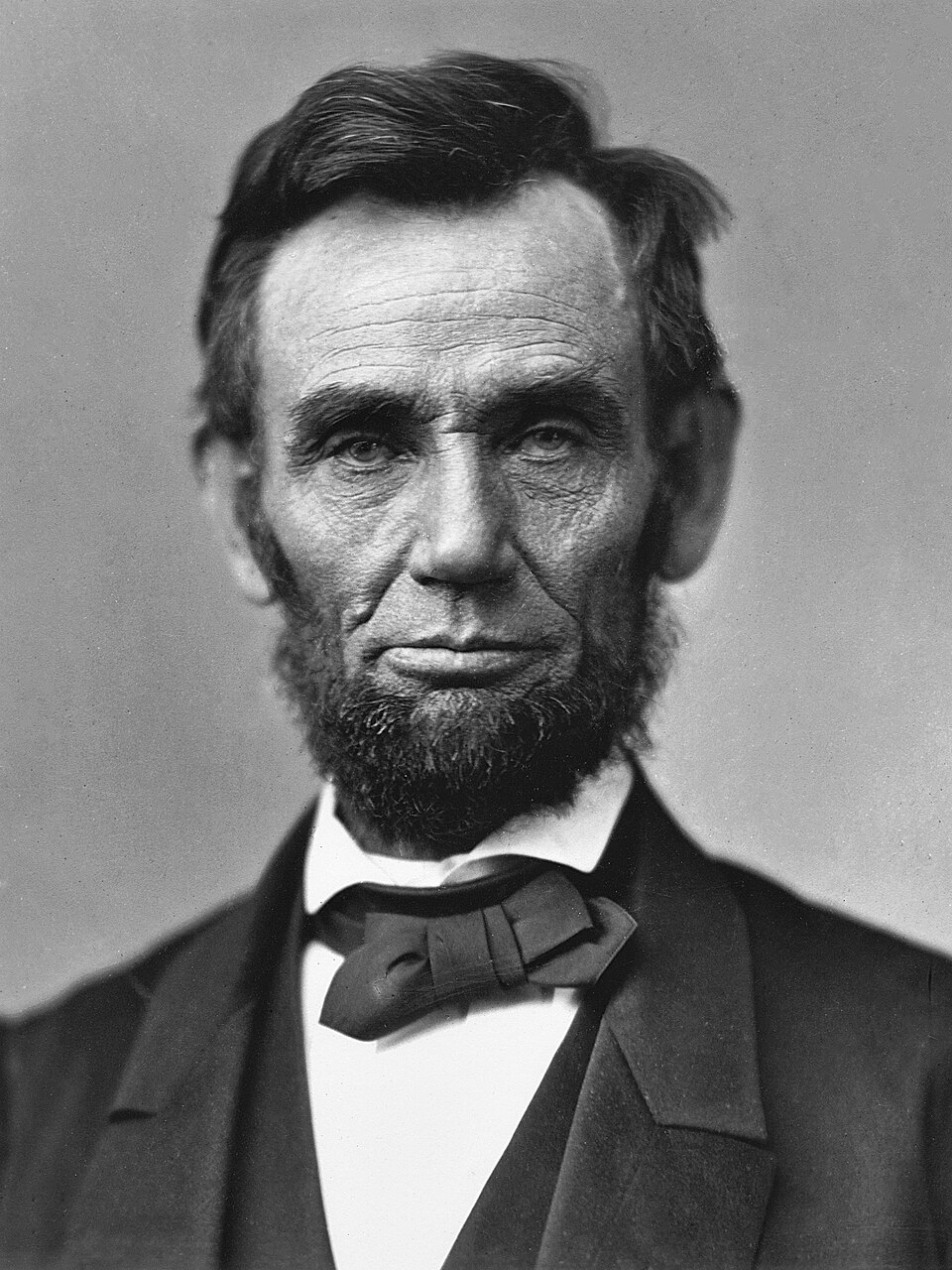
Casting Lincoln as an unwavering saint flattens the harder story. He arrived cautious, floated colonization, and spoke in ways that reassured white voters who doubted Black equality. War, testimony from the ground, and relentless advocacy pulled him toward broader emancipation and Black enlistment. Seeing that change does not tarnish his legacy; it shows how leadership can grow under fire when reality and conscience refuse to match old assumptions.
The Emancipation Proclamation Instantly Freed Every Enslaved Person
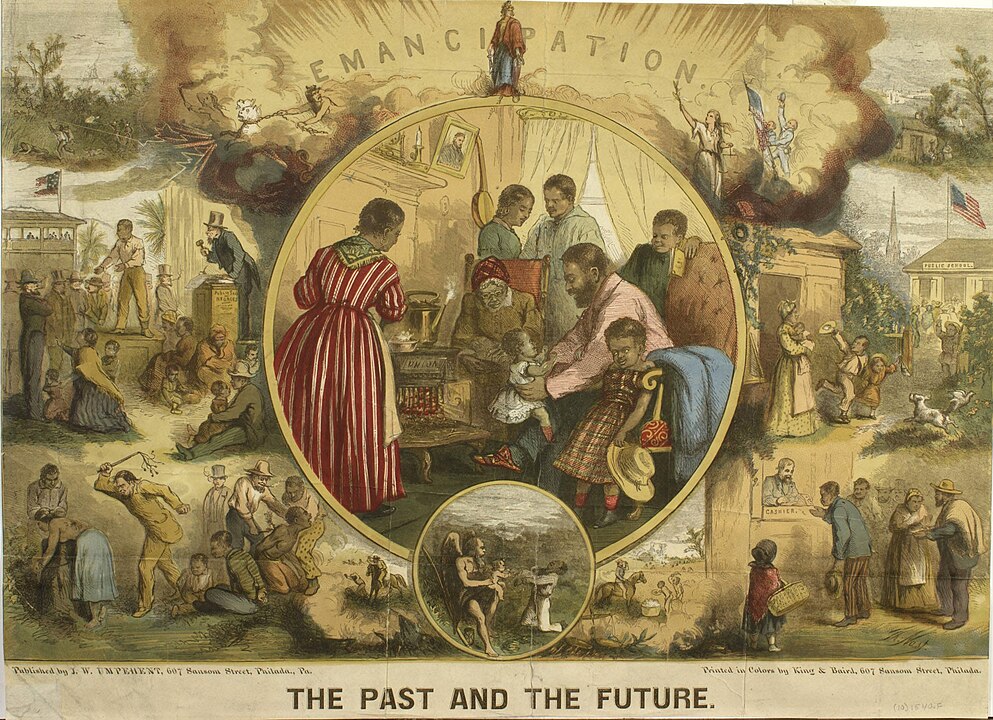
The Emancipation Proclamation is often remembered as a magic key that unlocked every chain on Jan. 1, 1863. In reality, it applied only to areas in open rebellion and depended on Union troops to make it real. Enslaved people still had to flee, negotiate, and survive to claim its promise. Full legal abolition came with the 13th Amendment, enforced by federal power and Black organizing, not a single dramatic announcement.
Shermans March Proved Indiscriminate Total War

Sherman led a march through Georgia and the Carolinas often framed as wild destruction aimed at civilians. His orders targeted railroads, depots, factories, and supplies that kept Confederate armies alive. There were fires, thefts, and trauma, but deliberate civilian massacres were rare and punished. The legend of pure devastation lasts because it fits grievance better than records and blurs the line between strategy and myth.
The Confederacy Was A Noble Lost Cause
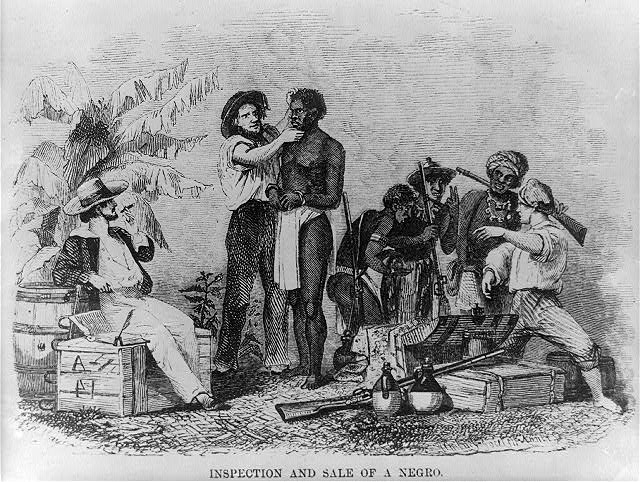
The noble Lost Cause rebrands the Confederacy as brave, refined, and barely connected to slavery. That story was built after defeat through speeches, textbooks, and monuments that erased enslaved voices. It turned men who fought for human bondage into tragic heroes and painted racial terror as stable order. Treating it as sentimental heritage hides how that narrative defended segregation, voter suppression, and violence long after Appomattox.
Reconstruction Failed Because Of Black Corruption And Northern Greed
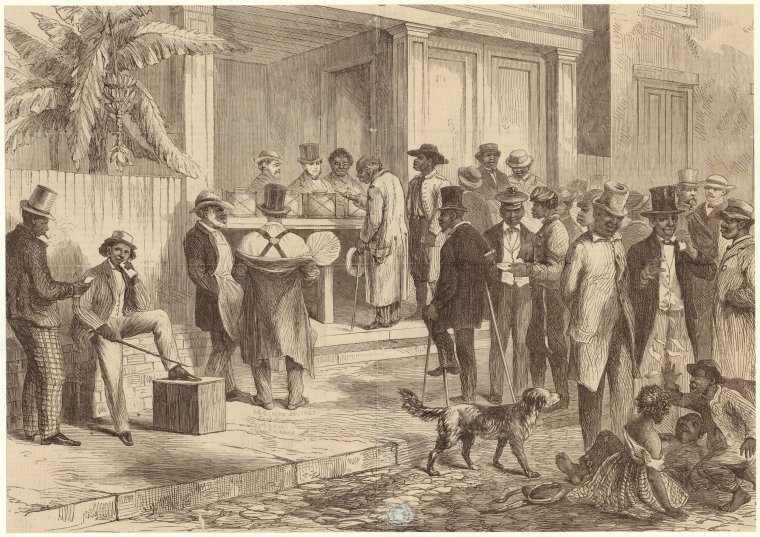
Reconstruction is often blamed on Black incompetence, Northern greed, and chaotic statehouses. The record shows something different. Interracial governments built schools, hospitals, and fairer laws while white supremacist groups waged terror to destroy them. Federal retreat and court decisions, not Black participation, strangled the experiment. Calling it a failure of Black governance shifts blame away from organized violence that refused to tolerate shared power.
Slavery Was Dying Naturally And Would Have Ended Without War

The idea that slavery was gently dying on its own offers easy comfort. On the eve of war, cotton profits soared, the internal slave trade flourished, and proslavery politicians pushed to expand bondage into new territories and markets. Leading planters spoke with confidence, not regret. Nothing suggests they planned to walk away from such wealth. It took secession, military defeat, and Black resistance to break an institution built to endure.


